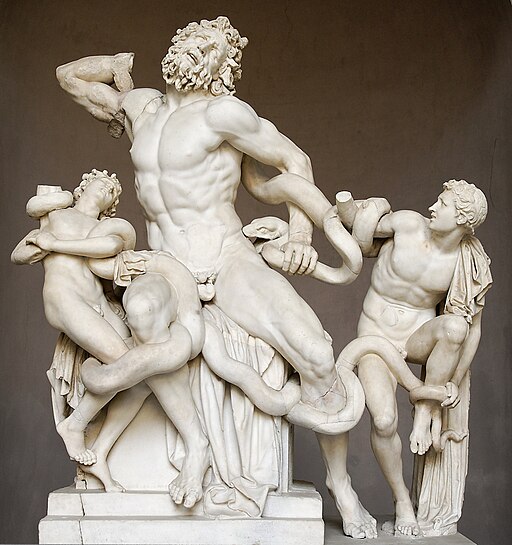Summary
Iconological studies
This document presents a preliminary case study analysis to envision how to model entities relations involved in iconological and iconographical interpretations of works of art, in the perspective of the further development of a domain ontology. Thus, the domain of knowledge considered is the iconological branch of studies having its roots in Warburg’s research, further developed by scholars afferent to its library and Institute (i. e. Panofsky, Gombrich).
The discipline investigates artworks as documents of the epoch to which they belong since they can reveal societal aspects, and as evidence of the history of culture. In fact, the core of the discipline is an interdisciplinary approach involving the history of art, anthropology, societal studies.
Four interpretation levels
Table 1 four intepretation levels adopted
As the iconological approach to visual representations is not unique and wide importance is given to the subjective intuition of the researcher, we compared interpretation methods formalized by scholars (Panofsky, Wittkower, Van Straten, Gombrich). They consist of the subdivision of the interpretation process in three or four levels of meaning: a pure description of visual elements involved (level 1), the identification of subjects (level 2) and of symbolical (level 3 according to Van Straten and Wittkower), cultural and societal meanings (level 3 for Panofsky, level 4 for Van Straten), or expressions of the artist’s personality (level 4 according to Wittkower).
We adopted a subdivision in four levels of meaning, distinguishing a symbolic meaning (level 3), voluntarily given by the artist, from an involuntary deeper societal one (l. 4), a symptom of the current culture to which the artwork belongs. Thus, this frame is close to Van Straten’s interpretation, with slight differences: whereas Van Straten focuses on literacy needed to individuate aspects belonging to each level, we focus on the nature of each aspect considered independently from the sources needed to identify it. For example, if societal studies are needed to interpret the subject of an artwork, this will be located at level 2 despite the interpretation process being closer to a fourth level interpretation.
The study
The study consists of the analysis of 11 case studies selected from literature based on 4 typological subdivisions, namely: artwork interpretation levels; diachronic changes in subject representation; connection with literary sources; different subjects represented by the same shapes and motifs.
The division is made on the basis of the analysis of approximately 50 iconological studies performed by Warburg and the major representatives of iconological studies, such as Panofsky, Gombrich, Wittkower. Among the literature, we noticed some recurring structures of the analysis itself. The aim of identifying typologies is to clearly underline which types of elements and relations are usually involved in an iconological interpretation of a subject. Every typology is an abstraction of reality and, in practical terms, more than one typology can be identified.
From the description of the cases emerged that the major part of components embedded in a visual representation can be approximately described by means of vocabularies and thesauri; yet, they don’t discern between pre-iconographical description objects, proper subjects and concepts. The VIR ontology partially covers this need allowing to relate to a vir:IC1_Iconographical_Atom (l. 1) the recognized representation (l. 2) and its major components. However, it’s not possible to link a concept (l. 3) to the whole representation or to express a 4th level meaning. This issue has been solved in this study by the ideation/supposition of a class called “iconological recognition” that can associate a representation to a third level concept or the physical object to a fourth level concept.
In addition, for every expression of the 4th level of interpretation a formal representation of the concept of “cultural phenomenon” is needed, but there’s not a class that can appropriately describe it in VIR nor in CIDOC-CRM. In this study it’s indicated by means of a general crm:1_entity, indicating the formalisation of an appropriate class for future studies.
































